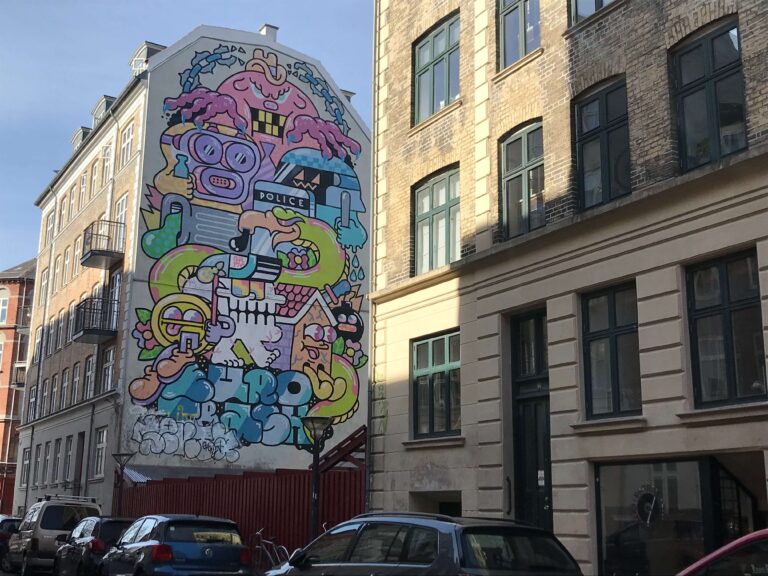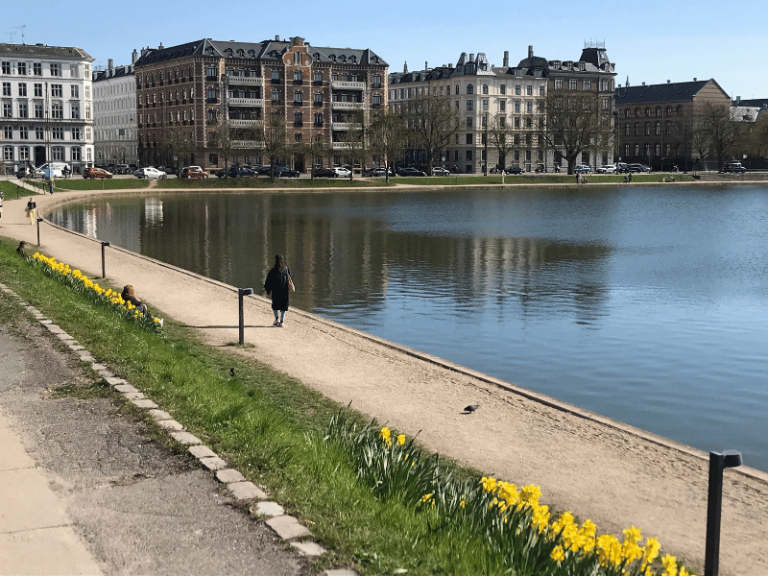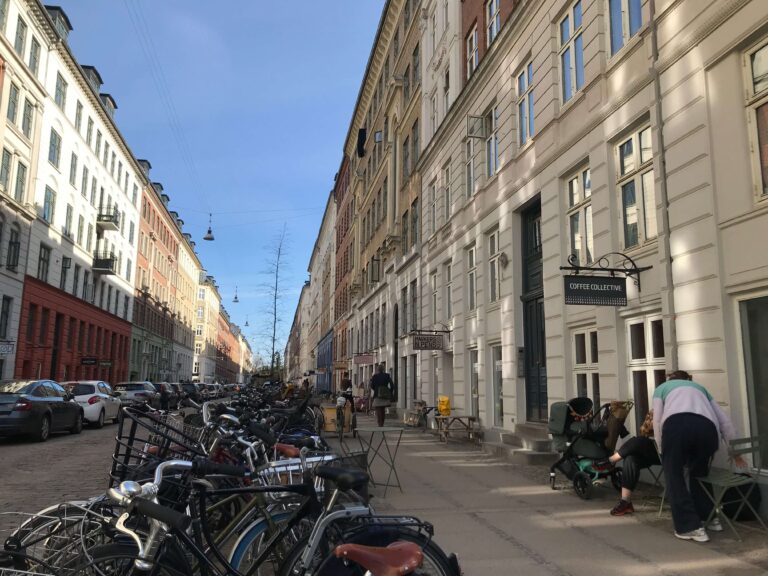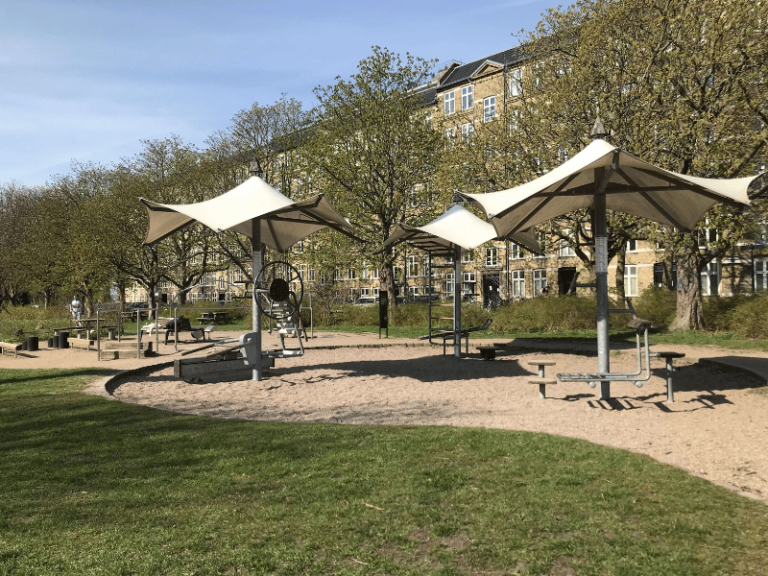Is Copenhagen Expensive to Visit? Ultimate Guide (2024)
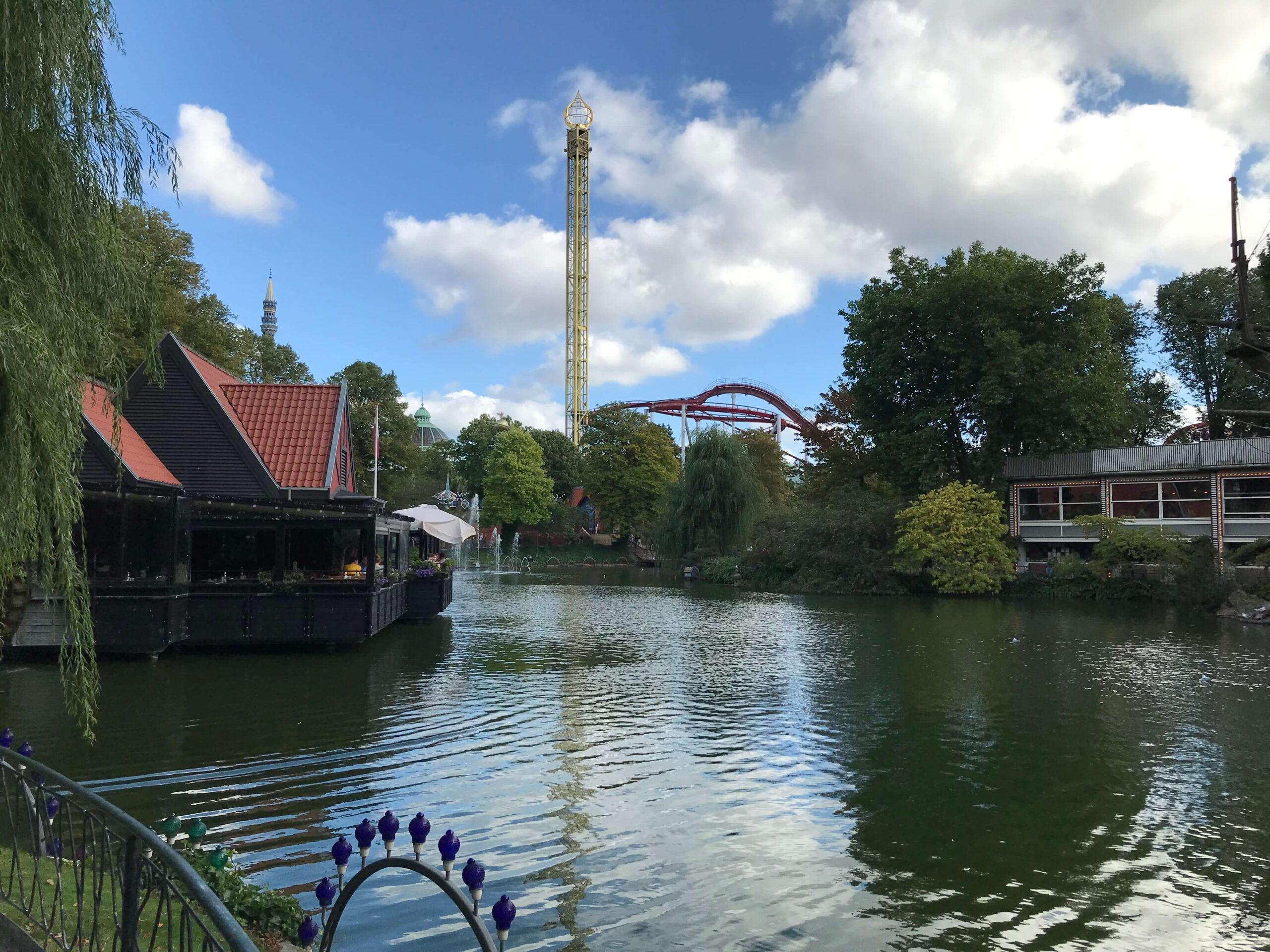
As a local Dane having survived in the beautiful but rather famously expensive city of Copenhagen for more than 30 years, I often get asked, if how expensive it is to visit. The answer isn’t particularly straightforward. However, while Copenhagen can be pricey, there are definitely plenty of ways to manage costs and still have an amazing time. In this article I’ll show how expensive Copenhagen really is for tourists with three different kinds of budgets with real-world examples.
But first, here’s a breakdown of the estimated daily costs for travelers in Copenhagen, categorized into luxury, mid-range, and budget options. The table includes specific examples of hotels, dining, transportation, and attractions to help you plan your visit according to your budget. Keep in mind, these a estimates and prices may vary due to seasonality and other factors.
| Expense Category | Luxury Traveler | Mid-Range Traveler | Budget Traveler |
|---|---|---|---|
| Accommodation | $600 (Nimb Hotel) | $200 (Andersen Hotel) | $75 (Hotel Cabinn) |
| Food & Dining | $300 (Noma) | $40 (Madklubben) | $15 (Reffen food market) |
| Transportation | $50 (Taxi) | $20 (Public transport pass) | $12 (Bike rental) |
| Attractions & Activities | $70 (Rosenborg Castle, Boat tour) | $30 (National Museum of Denmark) | $15 (Round Tower, Free parks) |
| Total | $1020 | $290 | $117 |
Why Is Copenhagen so Expensive?
Copenhagen is an expensive city to visit due to several factors rooted in its high standards of living and socio-economic structure. The city boasts a high quality of life, supported by excellent infrastructure, healthcare, and education systems, all of which contribute to higher prices for goods and services. High wages in Denmark, among the highest globally, mean that labor costs are elevated, leading to expensive hospitality and dining experiences for visitors.
The city’s popularity as a tourist destination also drives up prices, especially during peak seasons, as high demand for accommodation, attractions, and dining options results in increased costs. Furthermore, Copenhagen’s continuous investment in maintaining and improving its status as a livable city involves significant expenditure on well-maintained public spaces, efficient public transport, and sustainable urban development. These investments enhance the city’s attractiveness and quality of life but also contribute to higher operational costs.
Additionally, gentrification in various parts of Copenhagen has led to increased property values and living expenses, pushing up prices in neighborhoods popular with tourists. As the city focuses on enhancing its livability and appeal, the associated costs are reflected in the prices visitors encounter, making it one of the more expensive cities to explore.
1. Accommodation Costs in Copenhagen
Finding the right place to stay is one of the biggest considerations when traveling. Copenhagen offers a range of options from luxurious hotels to budget-friendly hostels. Here’s what you can expect ranging from most expensive to the least pricey option.
Luxury Hotels
If you’re looking to splurge, Copenhagen has some fantastic luxury hotels. Hotels like the Hotel d’Angleterre and Nimb Hotel are iconic spots that offer top-notch service and amenities. They’re perfect for those who want to experience the city in style, with the highest level of comfort and luxury.
Mid-Range Hotels
For those who prefer something more moderate, mid-range hotels are a viable option. Places like Andersen Boutique Hotel and Ibsens Hotel are popular choices. They offer comfortable rooms and a good mix of amenities, providing a balance between quality and cost.
Budget Hotels and Hostels
Traveling on a budget? No problem! Copenhagen has plenty of hostels and budget hotels. Hostels like Generator Copenhagen and Next House Copenhagen offer dorm beds for those looking to save money. Budget hotels like Cabinn City Hotel provide basic but comfortable rooms, making it easy to enjoy the city without spending too much.
Additionally, Airbnb and vacation rentals can offer more space and amenities for a lower price, while Couchsurfing allows you to stay with locals for free, making it an excellent option for budget-conscious travelers.
2. Food and Dining Expenses
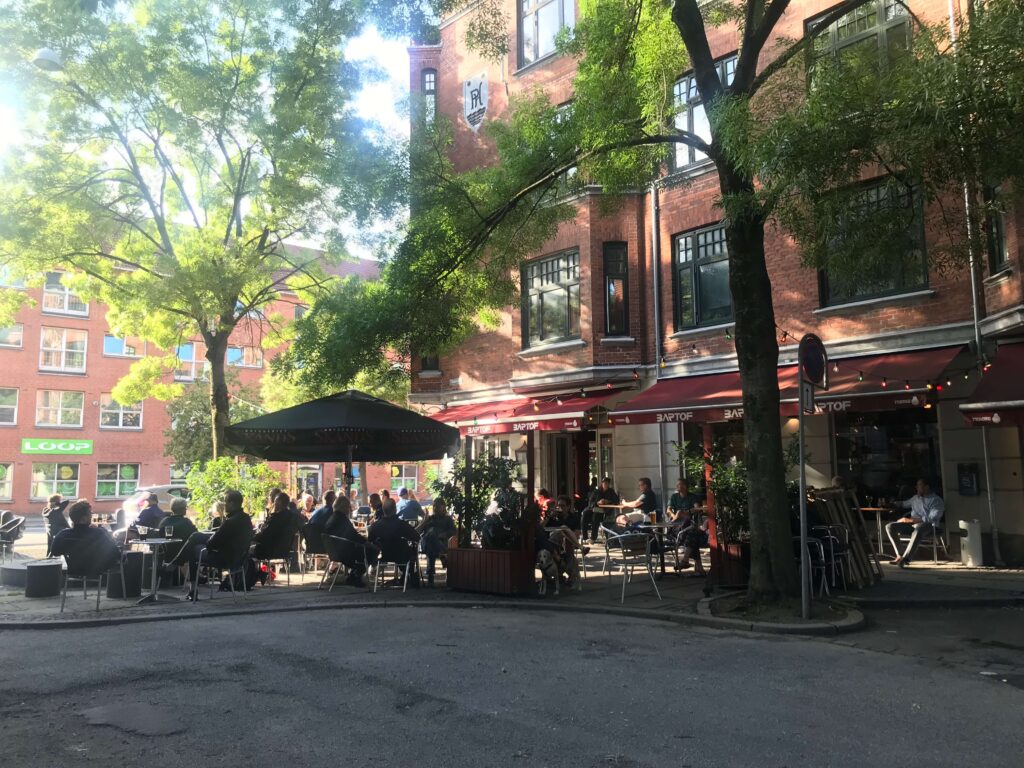
Food can be one of the biggest expenses while traveling, but Copenhagen offers a variety of dining options to fit every budget. Let’s explore!
Fine Dining
Copenhagen is famous for its fine dining scene, with Michelin-starred restaurants like Noma and Geranium. These establishments offer a unique culinary experience with exquisite dishes and top-tier service, perfect for those willing to spend more for a memorable meal.
Mid-Range Restaurants
If you’re looking for good food without the hefty price tag, mid-range restaurants are a great option. Places like Madklubben (translation: the food club) and Restaurant Puk provide delicious Danish cuisine at reasonable prices, making them popular choices among locals and tourists alike.
Budget Eats
Eating on a budget? Copenhagen has a thriving street food scene, especially at places like the Reffen food market. Here, you can find a variety of meals that are both affordable and tasty. Bakeries like Lagkagehuset are perfect for a quick, budget-friendly breakfast with a selection of pastries and coffee.
Self-Catering
One of the best ways to save money on food is by cooking your own meals. Grocery stores like Netto and Føtex offer a wide range of affordable food items. Many hostels and vacation rentals come with kitchen facilities, allowing you to prepare your own meals and further reduce your dining expenses.
3. Transportation Costs
Getting around Copenhagen is easy and efficient, but it’s important to know the costs involved. Here’s a breakdown of your transportation options.
Public Transport
Copenhagen’s public transportation system is reliable and straightforward. Single tickets and 24-hour unlimited passes are available, making it easy to navigate the city. For tourists, the Copenhagen Card offers unlimited travel on public transport and free entry to many attractions, providing good value for those planning to explore extensively.
Bike Rentals
Copenhagen is one of the most bike-friendly cities in the world. Renting a bike is a fun and affordable way to get around, with several rental services like Donkey Republic offering daily rates that cater to different budgets.
Taxi and Ride-Sharing
Taxis are convenient but can be more expensive compared to other transportation options. Ride-sharing services like Uber are not available in Copenhagen, but local alternatives like Taxa 4×35 are reliable and widely used.
4. Attractions and Activities
Copenhagen is full of amazing things to see and do. From museums and historical sites to parks and unique experiences, there’s something for everyone. See this article on my secret hidden gems in Copenhagen for further inspiration.
Museums and Galleries
Copenhagen is home to a variety of museums and galleries. Entry fees vary, but many of the must-visit museums, such as the National Museum of Denmark and the Ny Carlsberg Glyptotek, offer extensive collections and exhibitions worth the visit.
Historical Sites
Copenhagen is rich in history, with numerous sites to explore. Rosenborg Castle and Christiansborg Palace are top attractions with entry fees, while the Round Tower offers panoramic city views at a lower cost.
Parks and Gardens
Copenhagen’s parks and gardens are ideal for relaxation and are free to visit. The King’s Garden and Frederiksberg Gardens are perfect for leisurely strolls and picnics, providing a cost-free way to enjoy the outdoors.
Boat Tours
Seeing Copenhagen from the water is a must. Boat tours around the harbor and canals offer a unique perspective of the city. For a more interactive experience, kayaking tours are also available at a higher cost.
Unique Experiences
Specialized tours such as food tours, bike tours, and walking tours provide deeper insights into the city’s culture and cuisine. These tours vary in price depending on the duration and inclusions, offering options for different budgets.
Money-Saving Tips for Visiting Copenhagen
Traveling to an expensive city like Copenhagen doesn’t have to break the bank. Here are some tips to help you save money.
Eat like a local: Avoid tourist traps and dine at local cafes and street food markets.
Use public transport: It’s efficient and much cheaper than taxis.
Stay outside the city center: Accommodations in the suburbs are often cheaper and well-connected by public transport.
Visit during off-peak seasons: Prices for flights and accommodations are lower in the shoulder seasons (spring and fall).
Free Activities: Many of Copenhagen’s best experiences are free. Enjoy a walk along Nyhavn harbor, explore the historic streets of the Old Town, or relax in the city’s beautiful parks. Free walking tours are also a great way to learn about the city’s history and culture (though tipping the guide is appreciated).
Discount Cards and Passes: The Copenhagen Card is a valuable investment for tourists planning to visit multiple attractions and use public transport. It offers significant savings and convenience.
Last Words of Advice
Visiting Copenhagen during the off-peak season (late fall and winter) can result in lower prices for flights and hotels. While the weather might be colder, the city’s charm remains, and there are fewer tourists.
To see all my articles on tips and tricks to visiting Copenhagen click here.
Copenhagen is indeed an expensive city, but with careful planning and budgeting, it is possible to enjoy its many charms without breaking the bank. From luxurious experiences to budget-friendly adventures, this guide provides all the information needed to make the most of your visit to this beautiful Scandinavian capital. Whether you’re a luxury traveler, a mid-range explorer, or a budget backpacker, Copenhagen has something to offer for everyone.
